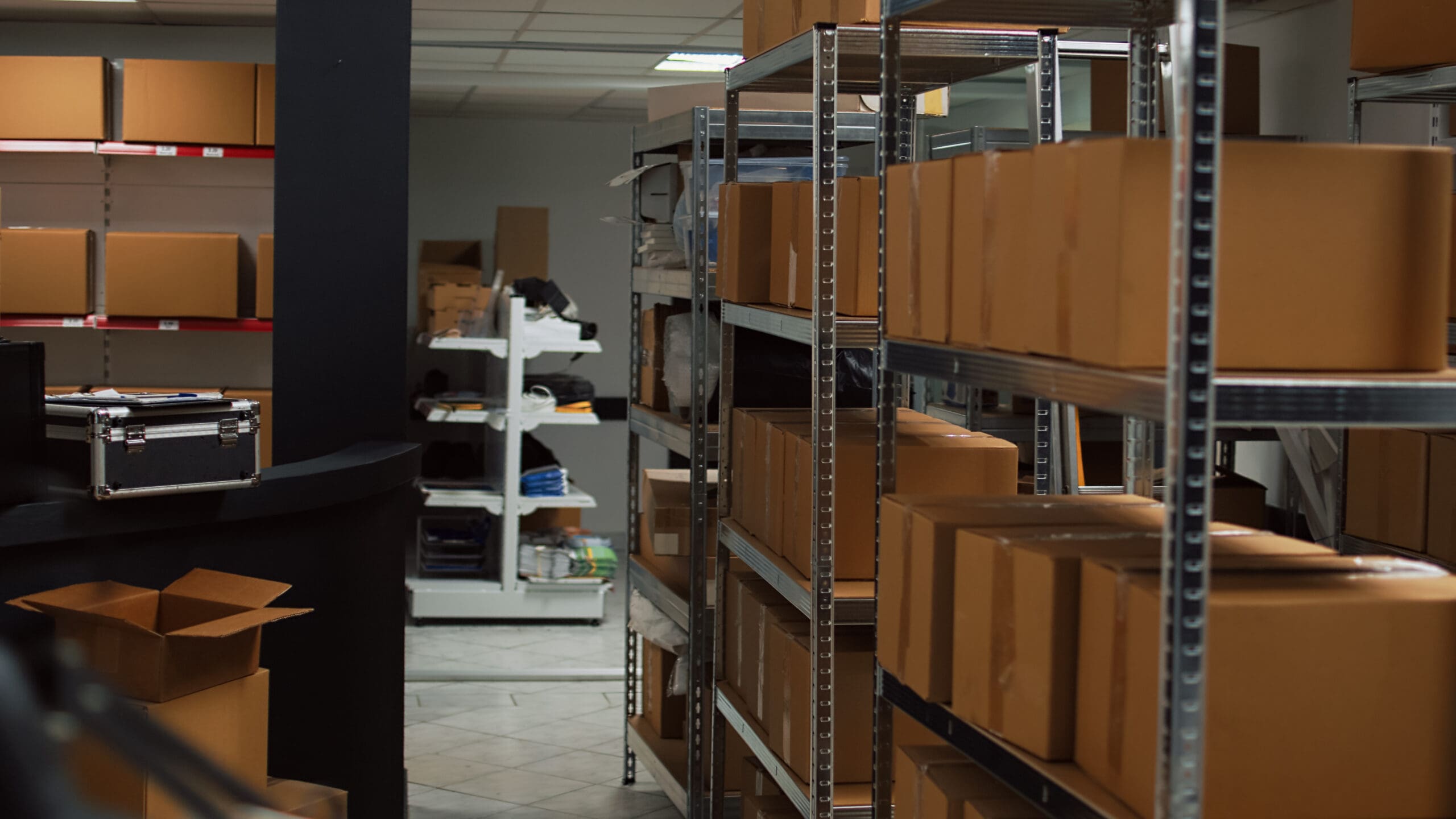Both accounts receivable financing and inventory financing are common ways to get financing for your business. But which one is right for you? Here’s a look at the pros and cons of accounts receivable financing vs inventory financing. Let’s dive in.
Inventory Financing vs. Accounts Receivable Factoring
There are a variety of financing options available to businesses, and each has its own pros and cons. Two of the most popular options are inventory financing and accounts receivable factoring. So, which is the best choice for your business?
Inventory financing is a loan that is typically secured by inventory. The upside of this type of financing is that it can be easier to qualify for than other types of loans, and you should not have to pledge personal collateral. In addition, it can give you the funds you need to stock plenty of inventory. The downside is that it can be expensive, and if your inventory isn’t selling quickly, you could end up paying interest on money that’s not making you any money. If you have inefficient inventory systems you may end up overstocking inventory and borrowing more money than you can afford to repay.
Accounts receivable factoring allows you to sell your accounts receivable to a factoring company at a discount. The factoring company then collects the payments from your customers. This type of financing can be helpful if you need quick access to cash, but it can also be expensive. In addition, it’s important to make sure that you’re working with a reputable factoring company, as there have been cases of fraud in this industry.
What is accounts receivable factoring?
Accounts receivable factoring is a type of financing in which a company sells its accounts receivables to a financial institution at a discount. The financial institution then collects the payments from the company’s customers.
For example, Company A has $100,000 in accounts receivable and needs cash immediately. It factors its receivables by selling them to a bank for $90,000. The bank then collects the full $100,000 from Company A’s customers.
Accounts receivable factoring can be a useful way for companies to raise cash quickly, but it can also be expensive. The discount rate charged by the financial institution can be as high as 10%, which means that the company will only receive 90% of the value of its receivables. In addition, accounts receivable factoring can be complex and time-consuming to set up.
What is inventory financing?
Inventory financing is a type of short-term loan that business owners can use to cover the cost of inventory. This can be helpful when cash flow is tight and businesses need to purchase inventory in order to meet customer demand.
For example, let’s say that a clothing retailer needs to restock its shelves but doesn’t have the cash on hand to do so. The retailer could take out an inventory loan to cover the cost of the new inventory.
Once the inventory is sold, the loan can be paid back with the proceeds. Inventory financing can be a useful tool for businesses, but it’s important to understand the terms of the loan and repayment schedule before signing on the dotted line.
What are the main differences between both options?
While both options are designed to improve cash flow, there are several differences. In most cases, factoring should be used first. Later on, financing can be used to further improve working capital. Here are 3 differences between the two options:
#1. Valuations
Most inventory financing advances 70%-80% of appraised inventory value. Since appraised value is usually lower than market value, this can affect the amount you are able to borrow. Invoices on the other hand are typically financed with a 70%-80% face value.
#2. Requirement to qualify
Invoice factoring is usually easy to qualify for. As long as invoices are free of liens and payable by commercially creditworthy companies, you should be able to qualify. Inventory financing can have more requirements such as time in business, inventory systems, solid financial statements, and more.
#3. Upkeep
Inventory financing may require more frequent maintenance which may add to operating costs. Accounts receivable financing may only need to be examined once a year.
How both options can be used together
Inventory financing allows businesses to use their inventory as collateral for a loan, while accounts receivable financing entails selling your invoices at a discount in order to receive immediate payment. While each option has its own advantages, using them together can provide significant benefits.
By using inventory financing to purchase inventory and accounts receivable financing to cover the cost of the inventory, businesses can free up working capital that would otherwise be tied up in inventory.
This can be especially beneficial during periods of high growth, when businesses may need to purchase large quantities of inventory but may not have the cash on hand to do so. In addition, using these two methods together can help businesses manage their cash flow more effectively and make it easier to meet their short-term financial obligations.
When to consider applying
Most businesses can benefit from inventory financing. Usually when they begin to feel a need for it though is during growth stages. If cash flow is tight and sales are growing or trying to grow, inventory financing can help you get to the next level. By freeing up cash flow and ensuring you have plenty of inventory, you can take advantage of more opportunities.
Seeking for inventory financing?
One of the biggest challenges of inventory financing are the requirements and the cost. Entrepreneur Sean De Clercq was once in your shoes; hopelessly searching for an affordable way to grow his company. In 2014, he founded Kickfurther. In true entrepreneur fashion, he found a solution for a major problem business owners are facing. He created a company that helps businesses get affordable inventory financing with less obstacles. Kickfurther is the world’s first online inventory funding platform that enables companies to access funds that they are unable to acquire through traditional sources. For companies that sell physical products or non-perishable consumables and have revenue between $150k to $15mm over the last 12 months, Kickfurther can help. We connect brands to a community of backers who help fund inventory on consignment and give brands flexibility to pay that back as they receive cash from sales.
Grow your business with Kickfurther
With Kickfurther you can fund millions of dollars worth of inventory at costs of up to 30% lower than the competition. It gets better though – you don’t pay until you start making sales. You’ll truly have the opportunity to create a payment schedule that works for your business. You’ll outline expected sales periods to create customized payment terms. With more than $100 million in inventory funded to date, Kickfurther can help you get funded within a day or even minutes to hours.
Interested in getting funded on Kickfurther? Create a free business account, complete the online application, review deals, and get funded in as little as minutes!









